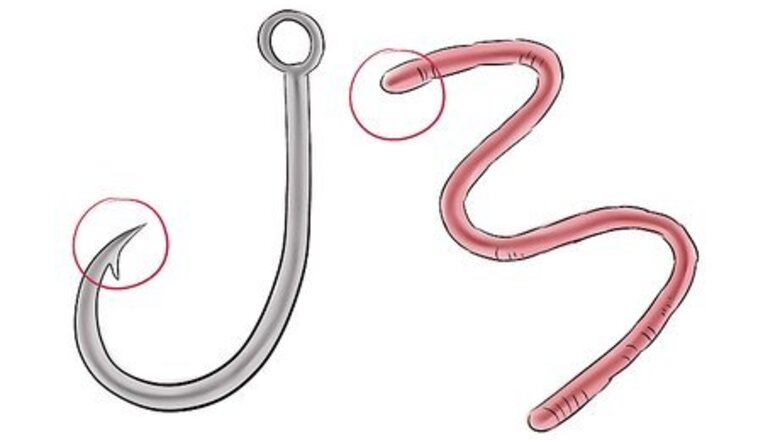
views
Standard Baiting
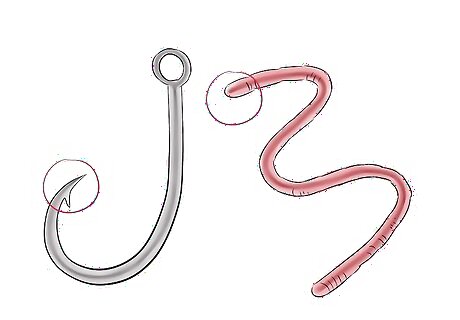
Grab a worm and a hook. Before you go fishing, you should buy a container of worms or dig some up from your garden. Keep them in a small container full of cool dirt - Tupperware works well. Only bring your worms out when you're ready to use them. Make sure your hook is well-secured to your fishing line. For tips and tricks on finding your own worms, see our How to Gather Earthworms guide. For help tying your hook to a fishing line, see How to Tie a Fishing Knot.
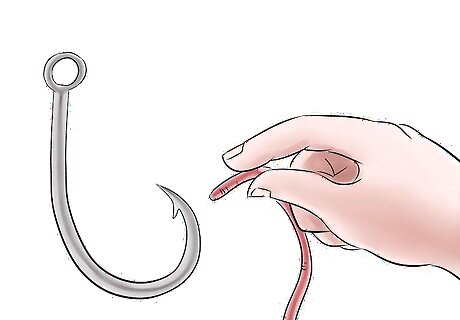
Stick the barbed end of the hook into the end of the worm so that it passes all the way through. Pick a spot about half a centimeter from one end of the worm. Too close to the worm's head, and he might be able to wiggle away from the hook. Take care not to hook your hand as the hook passes through the worm's body - don't press directly down onto the hook's point through the worm. No need to be squeamish! Though the worm may squirm and thrash when you hook it, scientists believe that worms can't feel pain.
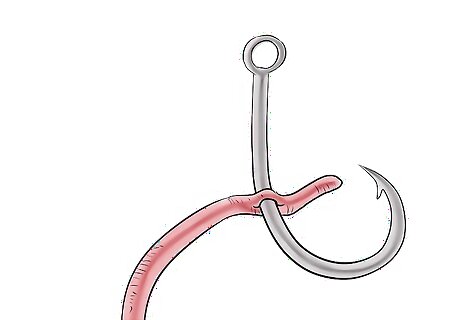
Push the worm to the top of the hook. Slide the worm up the hook in the same way you would slide a bracelet up your arm. Position the speared worm so that it's just below the hook's knot. To further secure the worm, some fishermen tie the short end of the speared worm to the fishing line with a simple knot called a half hitch . To perform a half hitch knot, loop the fishing line around your worm, passing the line through the loop. Tighten to secure the worm to the line.
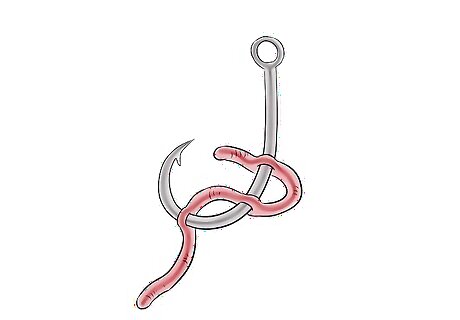
Grab the long end of the speared worm and push the hook through it again. Choose a spot a little further down the length of the worm - your best bet is to leave a little slack so that the "loop" of the worm's body between the two speared spots is slack enough to move a little. Repeat this step going down the length of the worm. When baited, the worm should have an accordion-like appearance. The precise number of times you'll need to spear the worm varies based on its length. Generally 3-5 times is plenty. Don't spear the very end of the worm. By leaving a little of the worm's length a little "limp," you allow it to wiggle, which catches fish' attention better than a tightly speared worm.
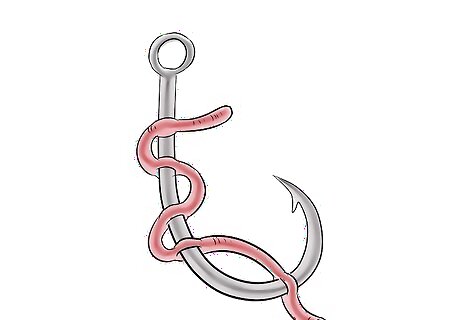
Pull the worm down onto the hook. If your worm is bunched up near the hook's knot, move it down to the "curve" of the hook. You want the fish to bite the hook's barb - if the worm isn't anywhere near the barb, a fish might be able to get a free meal!
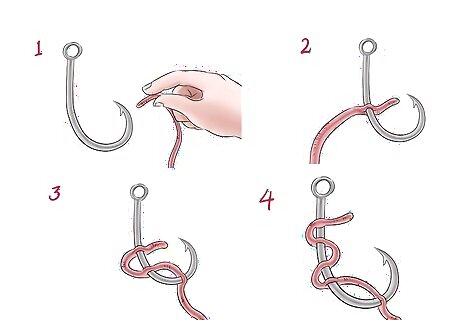
Cast away! Repeat this process as needed when you lose a worm or catch a fish. Practice makes perfect - it can be tough to spear squirmy, slimy worms at first, but within no time you'll be baiting worms like a pro angler. Happy fishing!
"Sock" Baiting
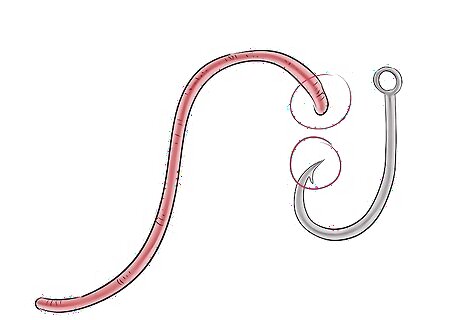
Pierce a worm with the hook just behind its head. Don't push the hook all the way through - the hook should be inside the worm's body but not coming the other side. This method of baiting is a little more difficult and increases the chance that a fish will take your worm without biting the hook, but it's much more attractive to fish. You'll go through more worms this way, but you'll also get more bites.
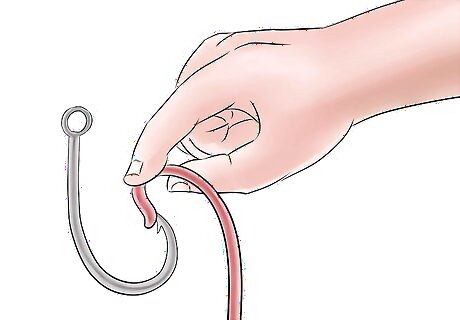
Slowly and carefully push the hook through the worm's body lengthwise. Work the worm around the hook's curve like you'd push a sock up your leg. This step is difficult - be careful not to split the worm in half by pulling the hook's barb through the worm's body again.
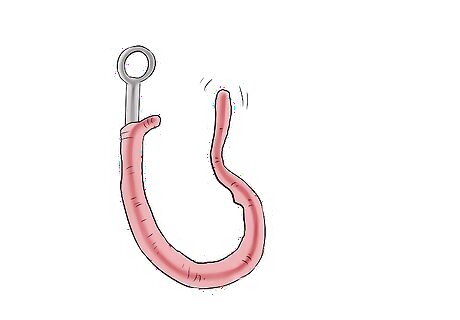
When the worm's head is all the way up the length of the hook, stop. Pierce the point of the hook through the worm so that it's sticking out of its side. Allow the rest of the worm's body to dangle limply below the hook. Because so much of the worm is allowed to hang free of the hook, the worm's wiggling will be much more visible to fish in the water than in the standard method. It's also easier for fish to take the "free" portion of the worm without biting the hook. This method is high-risk, high reward.
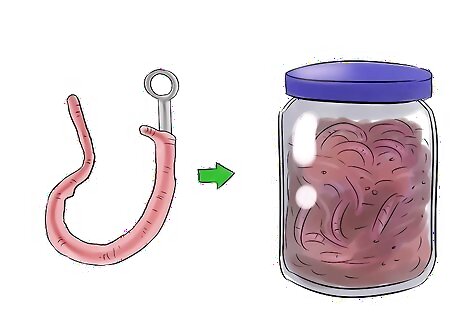
Cast! If you're using this method, make sure you have plenty of worms handy - you'll go through them quickly. If you can't seem to get the hang of it and keep splitting your worms in half, you can still use the torn segments of worm as bait by simply by spearing them on the hook just under the barb.














Comments
0 comment